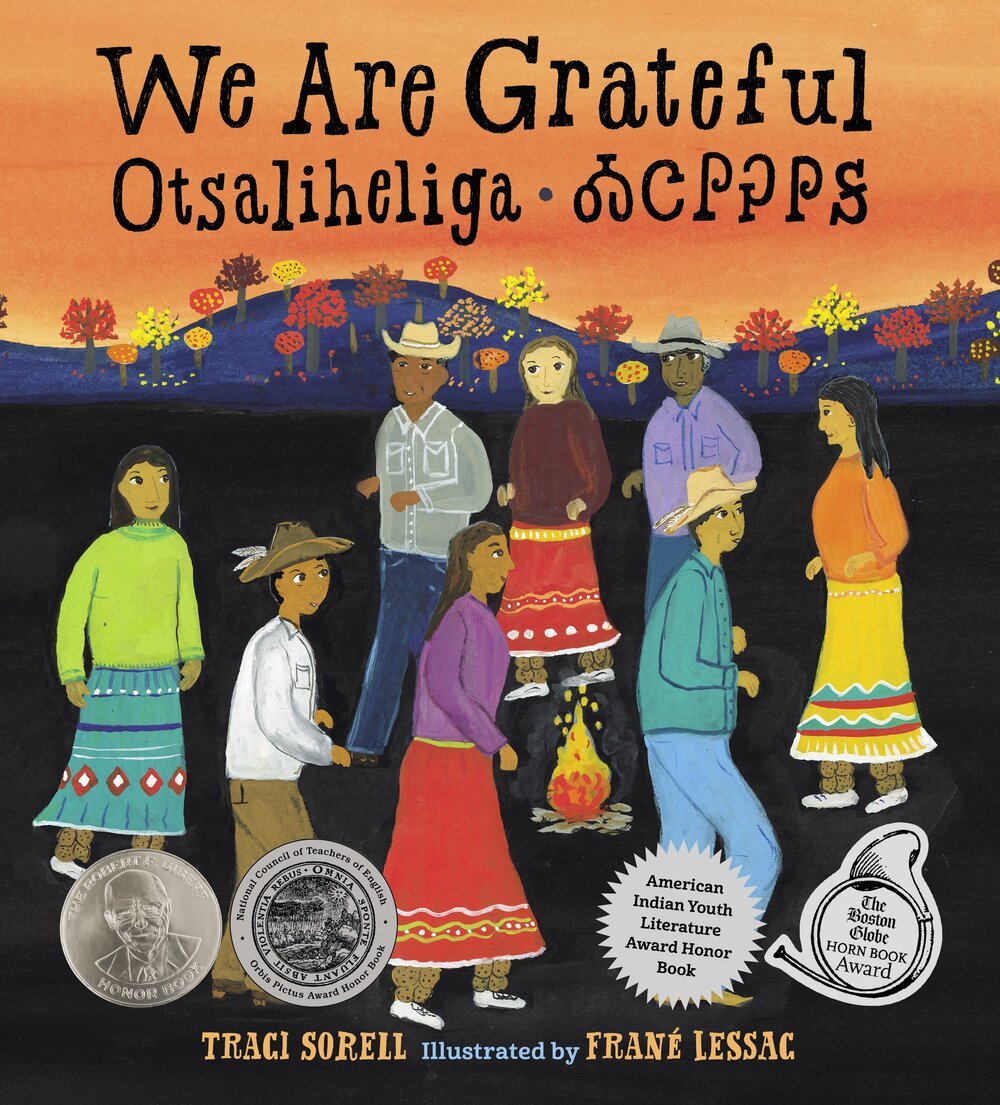As COVID-19 deaths spiked in 2020, Suzanne Firstenberg’s public art installation "In America: How could this happen…"
History Explorer Results (1131)
Related Books (350)

Grade Range:
K-12
Resource Type(s):
Artifacts, Primary Sources
Date Posted:
9/19/2009
In Puerto Rico, the traditional center of lace making is the town of Moca. There, lace is made by hand on bobbins and is known as mundillo. Bobbin lace is a complicated process of weaving together different spools of thread held in place by pins. Lace making today is undergoing a resurgence of po

Grade Range:
K-12
Resource Type(s):
Reviewed Websites
Date Posted:
11/15/2013
Mystic Seaport for Educators provides educators, caregivers, and students free online access to a myriad of objects, documents, interactive maps, community projects, resources kits, classroom ideas, images and conversation. Calling on the collections of the Mystic Seaport Museum of America

Grade Range:
K-12
Resource Type(s):
Artifacts, Primary Sources
Date Posted:
9/25/2009
Pancho Villa is one of the most recognizable leaders of the Mexico Revolution. This civil war, which lasted from 1910-1921, was fought to curb U.S. corporate interests and to redistribute agricultural lands, especially for indigenous communities. It was a social revolution that reasserted popular

Grade Range:
K-12
Resource Type(s):
Artifacts, Primary Sources
Date Posted:
9/3/2008
The Soviet launch of the Sputnik satellite in late 1957 sparked interest in the United States in science education even among elementary school children. In 1958, King Seeley Thermos produced this imaginative box evoking space travel and landings on distant moons and planets. Children provided a

Grade Range:
K-12
Resource Type(s):
Artifacts
Date Posted:
3/5/2009
Spinning wheels are believed to have originated in India between 500 and 1000 A.D. By the 13th century, they were seen in Europe, and were a standard piece of equipment for those making fiber into yarn. By the 17th century they were commonly found in homes in the colonies of North America.

Grade Range:
K-12
Resource Type(s):
Artifacts, Primary Sources
Date Posted:
7/31/2008
During the American Civil War, General Benjamin Butler so appreciated the heroic actions of African American soldiers under his command at the 1864 battles of Fort Harrison and Fort Gilmer that he commissioned a special medal for them. Designed by Anthony C. Paquet and realized in silver by Tiffa

Grade Range:
K-12
Resource Type(s):
Artifacts
Date Posted:
3/28/2016
Before 1954, so-called portable radio receivers used vacuum tubes to receive and amplify signals. The large batteries needed to power most tubes made radios large and heavy. Receivers built with subminiature tubes existed but were expensive. The invention of transistors in 1947 allowed engineers

Grade Range:
K-12
Resource Type(s):
Reference Materials, Primary Sources, Interactives & Media
Date Posted:
3/23/2018
Giving in America is a permanent exhibit that looks at the historical role of philanthropy in shaping the United States. The exhibit showcases four major themes of American philanthropy centered on the questions of “Who Gives?” “Why Do We Give?” “What Do We Give?” and �

Grade Range:
K-12
Resource Type(s):
Artifacts, Primary Sources
Date Posted:
9/3/2020
First introduced in 2001, the Development, Relief, Education of Alien Minors (DREAM) Act, would address the growing number of undocumented youth in the United States that were unable to continue with their higher education and job prospects. It would also provide a gradual legalization pathway. Howe

Grade Range:
K-12
Resource Type(s):
Reviewed Websites
Date Posted:
6/11/2008
The Smithsonian Asian Pacific American Program provides vision, leadership and support for all Asian Pacific American (APA) activities at the Smithsonian while at the same time, serving as liaison to APA communities.



















